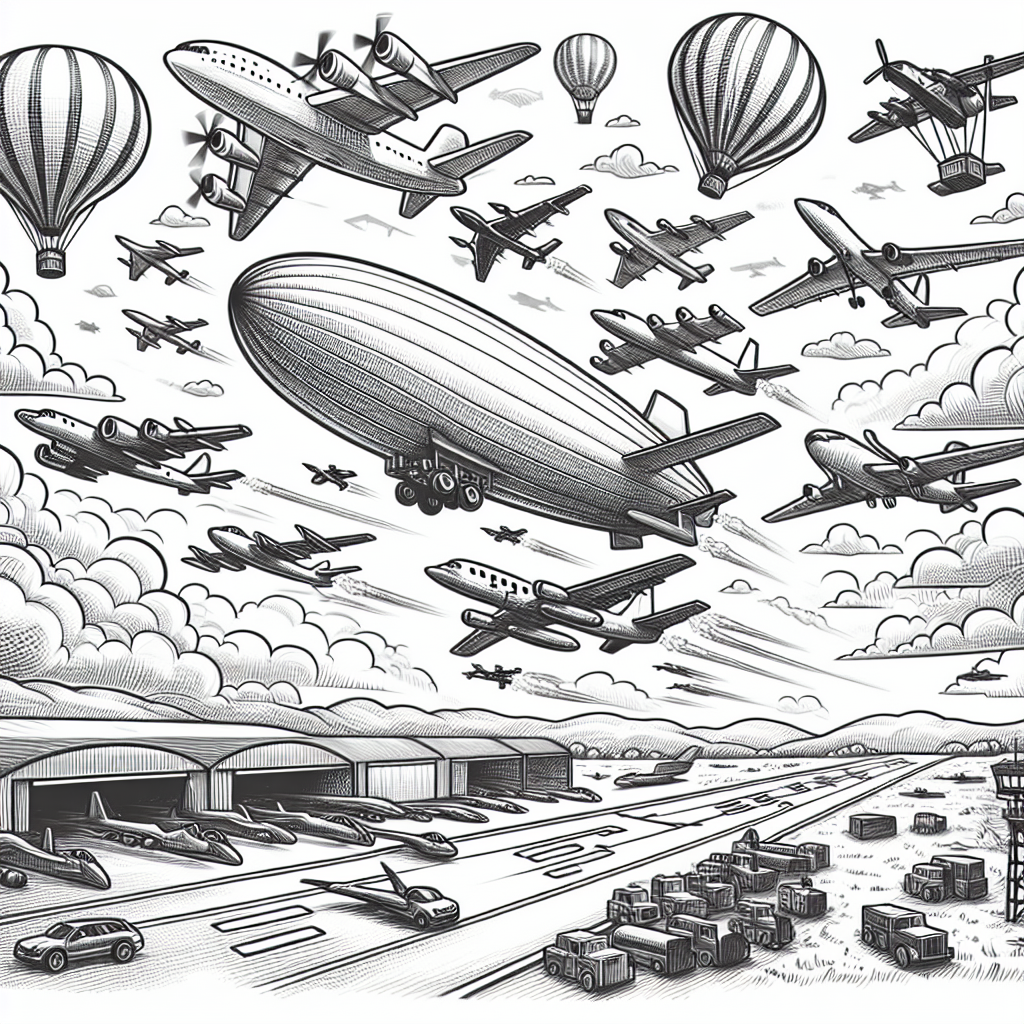Middle East Tensions: Analyzing Air Power in the Israel-Iran Conflict
Tensions have escalated between Israel and Iran following mutual military strikes. Israel's advanced, U.S.-backed air force contrasts with Iran's older, limited fleet, as both nations deploy advanced aerial defense systems. International dynamics are complex, with each side demonstrating strategic capabilities amidst strained regional relations.

In the latest escalation of Middle East tensions, Israel conducted military strikes on Iranian sites this Saturday. The move was declared as retaliation for Iran's missile attack on Israel on October 1, marking another chapter in the longstanding conflict between these regional powers.
According to the Israeli military, the objectives of the airstrikes have been met, and the army has warned Iran against any retaliatory measures. However, a semi-official Iranian news agency has promised a 'proportional reaction.' The conflict underscores the stark differences in the military capacities of both countries, particularly in their air forces.
Iran's air force, constrained by decades of international sanctions, faces a significant technological gap compared to Israel. Meanwhile, Israel's U.S.-backed advanced fleet is complemented by robust aerial defense systems, enhancing its strategic capabilities. The regional power struggle continues, complicated further by international alliances and geopolitical interests.
(With inputs from agencies.)
- READ MORE ON:
- Israel
- Iran
- military
- strike
- air force
- defense systems
- missiles
- conflict
- Middle East
- U.S.
ALSO READ
Game-Changing Warfare: Israel's Mastery of Air-Launched Ballistic Missiles
U.S. Faces Decision on Taiwan's Decommissioned HAWK Missiles Amid Ukraine Conflict
Kyiv in Crisis: Russia's Missiles and Drones Strike
Ukraine Air Defenses Intercept Russian Missiles and Drones Overnight
U.S. Air Force's Bold Move Towards Modernization










